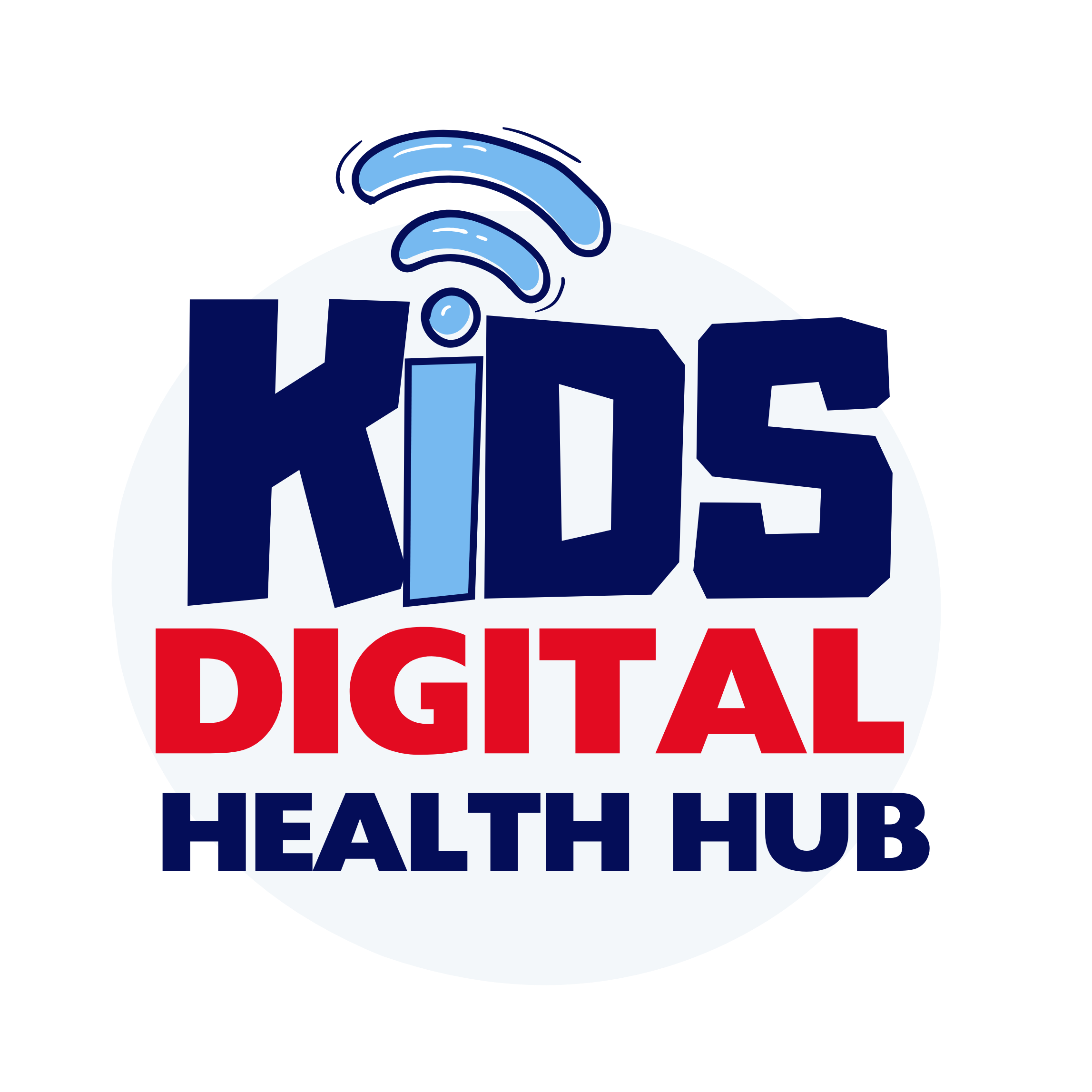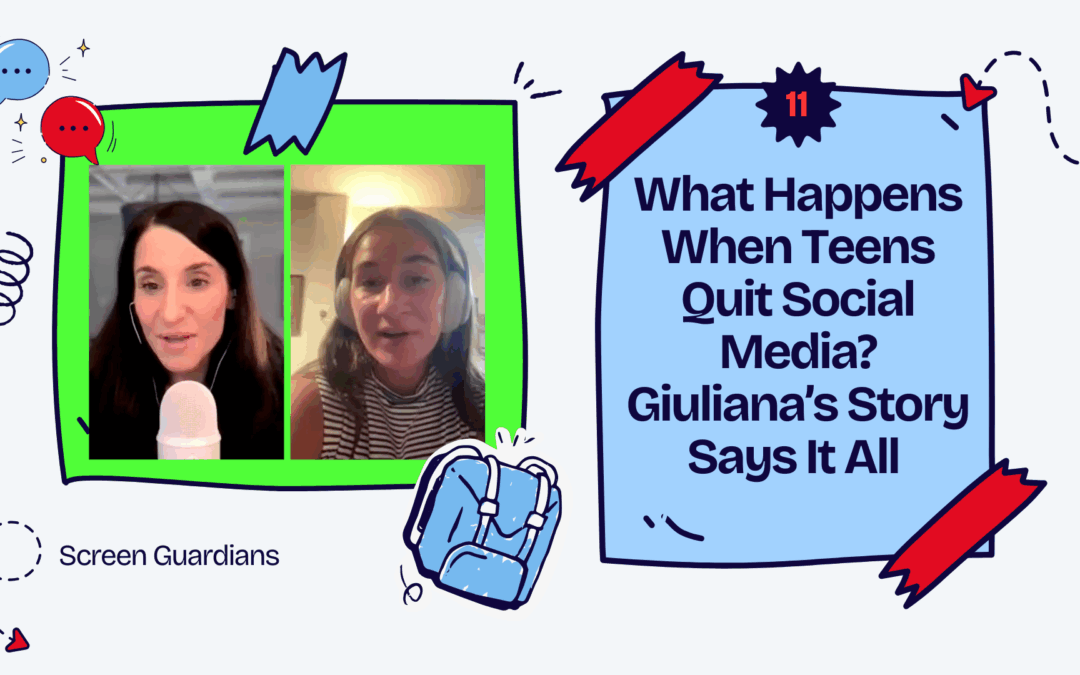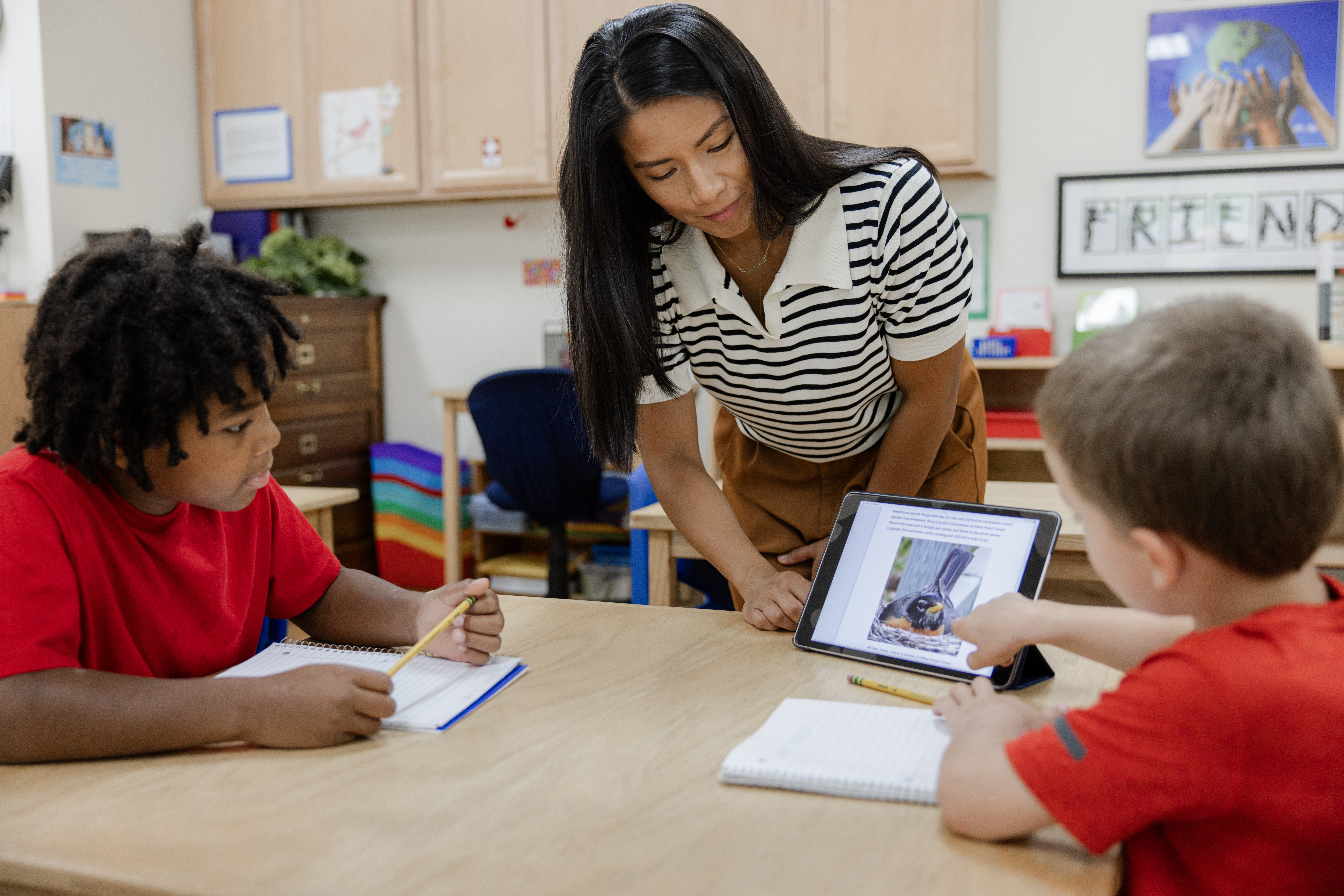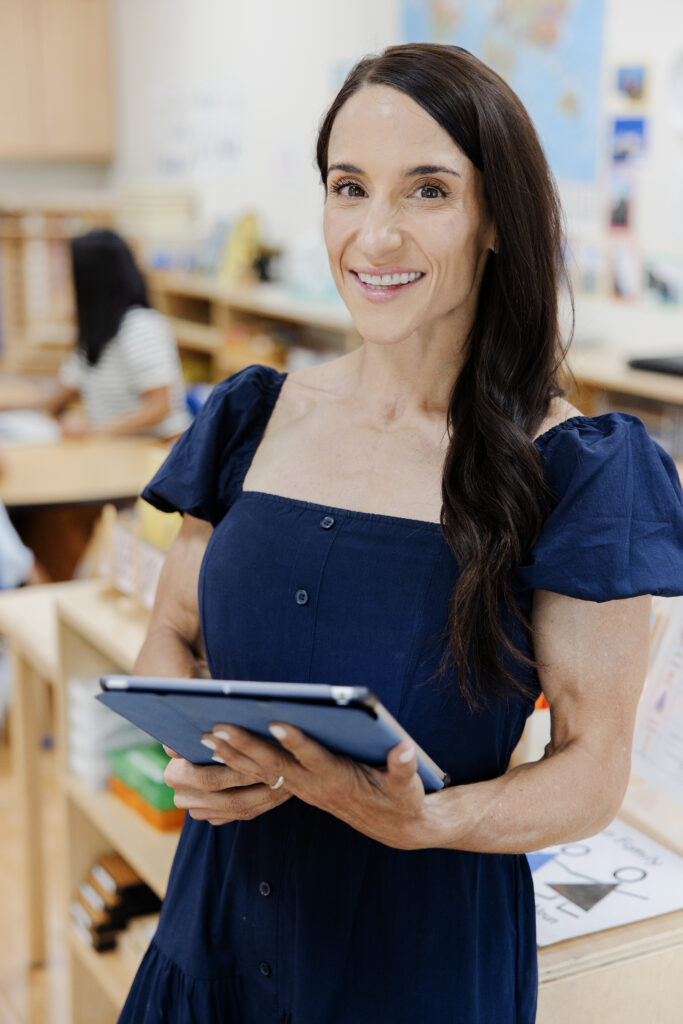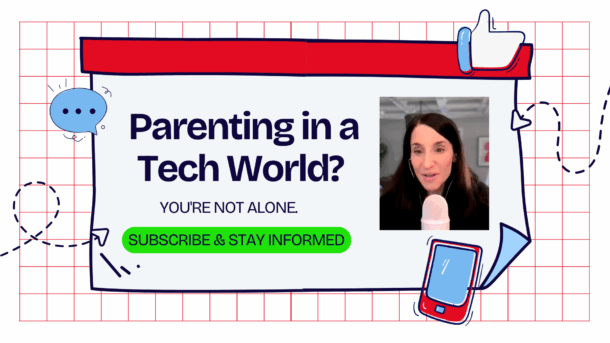We’ve all heard the warnings about screen time and social media overuse, but what actually happens when students step away from it completely? At Screen Guardians, we recently sat down with Giuliana Nussmeier, a recent graduate from Faustina Academy, for a raw and insightful conversation about growing up without social media during high school—and how it shaped her confidence, friendships, and mental health.
Her story is a powerful reminder of what’s possible when schools—alongside families—prioritize social media safety for kids.
Table of Contents
📱 A School That Said “No” to Social Media—And Meant It
Faustina Academy did what many schools are afraid to even attempt: they implemented a full social media ban for students. Giuliana and her peers were not just discouraged from being on platforms like Instagram and Snapchat—they were required to stay off of them altogether as part of their enrollment agreement.
This policy extended beyond school hours—covering summer breaks, holidays, and weekends. Most students didn’t get smartphones until high school, and even then, many still followed strict no-social-media rules at home.
So, how did it play out? According to Giuliana:
“It’s night and day. You can tell who spends a lot of time on social and who doesn’t. People act differently—there’s so much less drama.”
And when she briefly dipped her toes into Instagram and Snapchat the summer before the social media ban went into effect?
“It was like a competition. Who’s having more fun. Who’s more popular. It just didn’t feel real.”
Related article: How One School Transformed Its Culture by Saying “No” to Social Media
👥 What Teens Learn Without the Swipe, Scroll, Snap
Giuliana shared how life changed when social media was removed from the equation:
- 🎉 More Fun, Less Pressure: “We genuinely had more fun together. There was no pressure to pose, to document, or to compete.”
- ⏰ Time Freed Up: “Once it was gone, I actually had time. I didn’t realize how much of my day was being pulled into it.”
- 🧠 Less Anxiety: “The FOMO is real when you’re on it. You feel like you have to know what everyone’s doing. Without social, I didn’t feel that way.”
- 💬 Better Friendships: “If someone cared enough, they’d grab my number. We’d meet up in real life. That’s what friendship really is.”
So real. So refreshing.
💡 What She Wishes Younger Students Knew
When asked what advice she’d give a middle or high schooler currently using social media, Giuliana didn’t hesitate:
“True connection doesn’t happen over apps. It happens when you’re present, face-to-face, and not glued to your notifications.”
She also shared how she tried to get around the policy once—but got caught. That moment became a turning point:
“If they can’t reach out to you without Snap, are they really your friends?”
🔍 Social Media Isn’t Evil—It Just Requires Maturity
Giuliana isn’t anti-tech.
In fact, she acknowledges she does still use social media today—sparingly and intentionally. But she knows the difference between using it to serve her real life, versus letting it steal her joy, time, and attention.
“I’ve lived without it. I know I don’t need it to be relevant.”
Even when she re-downloads an app, she now has the self-awareness to delete it again when she recognizes the signs: wasted time, empty scrolling, and distance from faith, family, or personal goals.
🧠 Why Real-Life Experience Like Giuliana’s Matters
As leaders, educators, and parents, we often throw around statistics and warnings about digital risks. But stories like Giuliana’s matter even more.
They show us:
- Yes, social media safety for kids is possible.
- Students don’t just survive without social—many thrive.
- Real friendships, confidence, and emotional freedom come alive when tech steps out of the driver’s seat.
How Screen Guardians Can Help
The Screen Guardians K–12 Digital Health & Safety Program brings real stories, neuroscience, and expert strategies together in a classroom-ready curriculum—helping kids:
- Understand the emotional and cognitive effects of social media
- Recognize manipulation by algorithms and persuasive tech
- Cultivate in-person connections and screen balance
- Build lasting habits rooted in real-life safety and wellness
And yes—this includes honest conversations just like Giuliana’s.
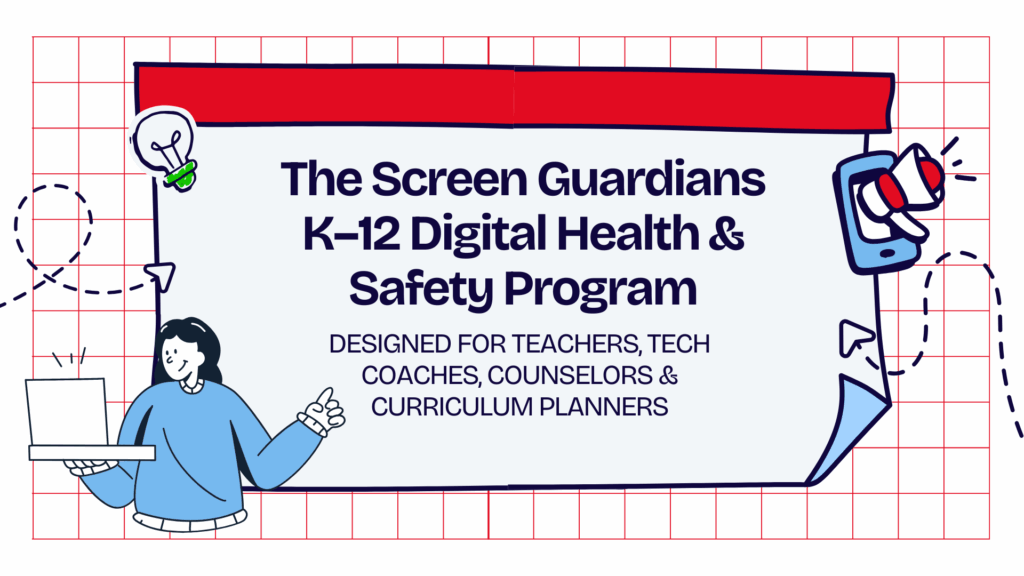
Let’s Talk Social Media Safety for Kids —Together
If your school or family is struggling with how to approach social media safety for kids, Juliana’s story proves it can be done. And not just by removing temptations—but by replacing them with connection, community, and clarity.
Bring Screen Guardians to your school!
